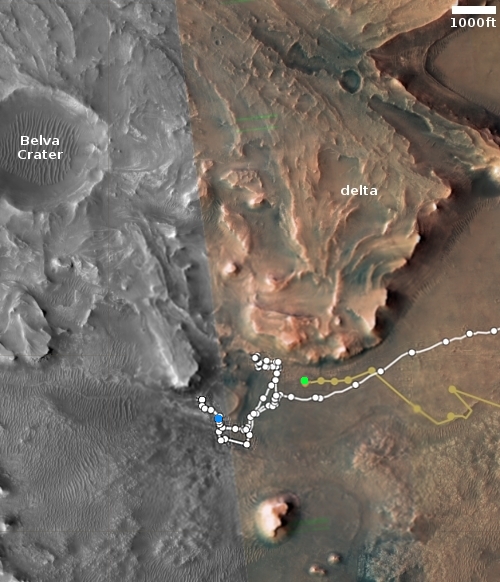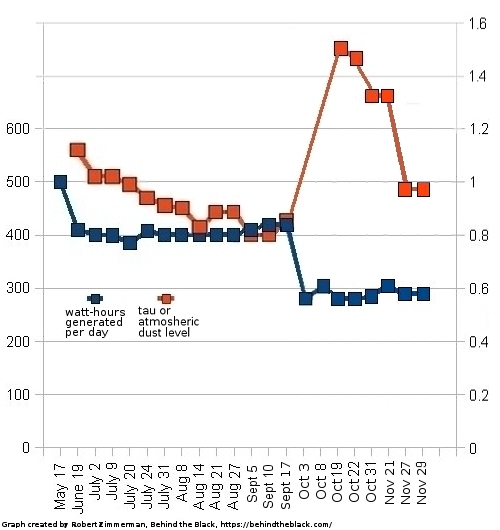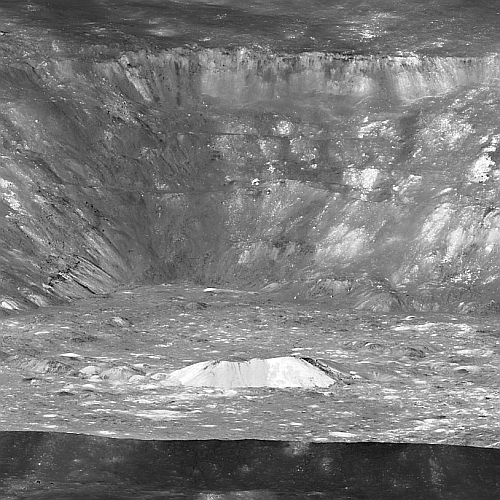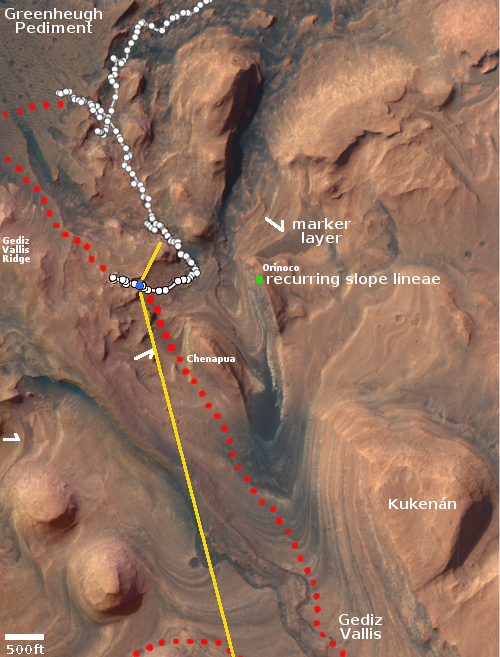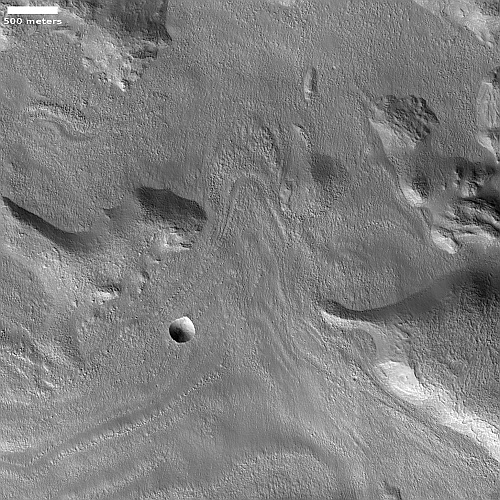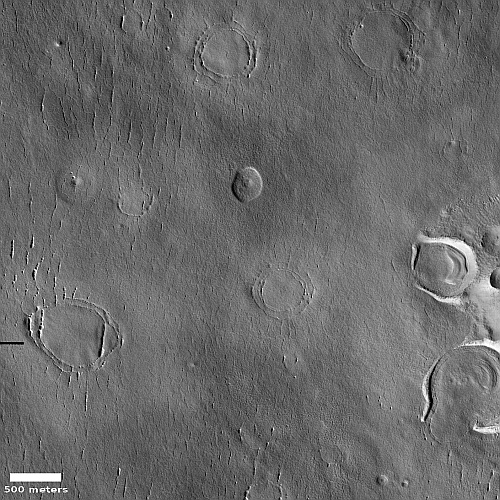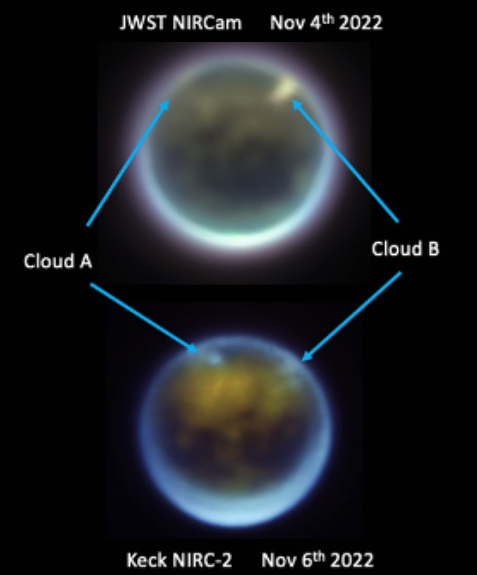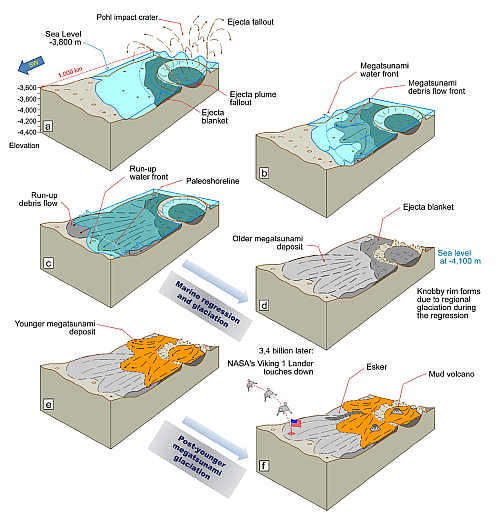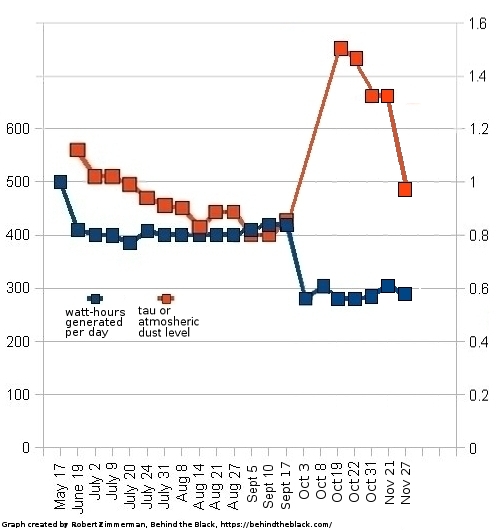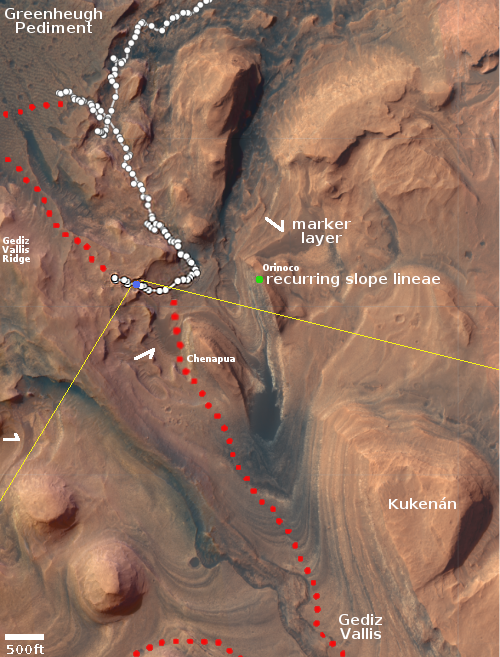Ingenuity sets altitude record on 35th flight
On December 3, 2022 Ingenuity completed its 35th flight, traveling about 49 feet sideways but reaching a new altitude record for the Mars helicopter of 46 feet.
The map to the right shows the helicopter’s new position by the green dot, with Perseverance’s present position shown with the blue dot. The helicopter only moved slightly to the northwest of its previous position.
The plan had been to test the helicopter’s upgraded software at this new altitude while flying fly 50 feet sideways for 52 seconds at a speed of 6.7 feet per second. The flight met these goals almost exactly, going a distance only slightly shorter, well within its margin of error. The new altitude record however is significant, as going even slight distances higher in Mars’ very thin atmosphere (1/1000th of Earth’s) is challenging, to say the least. This higher flight means Ingenuity can fly up above higher terrain, such as the delta that is Perseverance’s next goal.
On December 3, 2022 Ingenuity completed its 35th flight, traveling about 49 feet sideways but reaching a new altitude record for the Mars helicopter of 46 feet.
The map to the right shows the helicopter’s new position by the green dot, with Perseverance’s present position shown with the blue dot. The helicopter only moved slightly to the northwest of its previous position.
The plan had been to test the helicopter’s upgraded software at this new altitude while flying fly 50 feet sideways for 52 seconds at a speed of 6.7 feet per second. The flight met these goals almost exactly, going a distance only slightly shorter, well within its margin of error. The new altitude record however is significant, as going even slight distances higher in Mars’ very thin atmosphere (1/1000th of Earth’s) is challenging, to say the least. This higher flight means Ingenuity can fly up above higher terrain, such as the delta that is Perseverance’s next goal.

